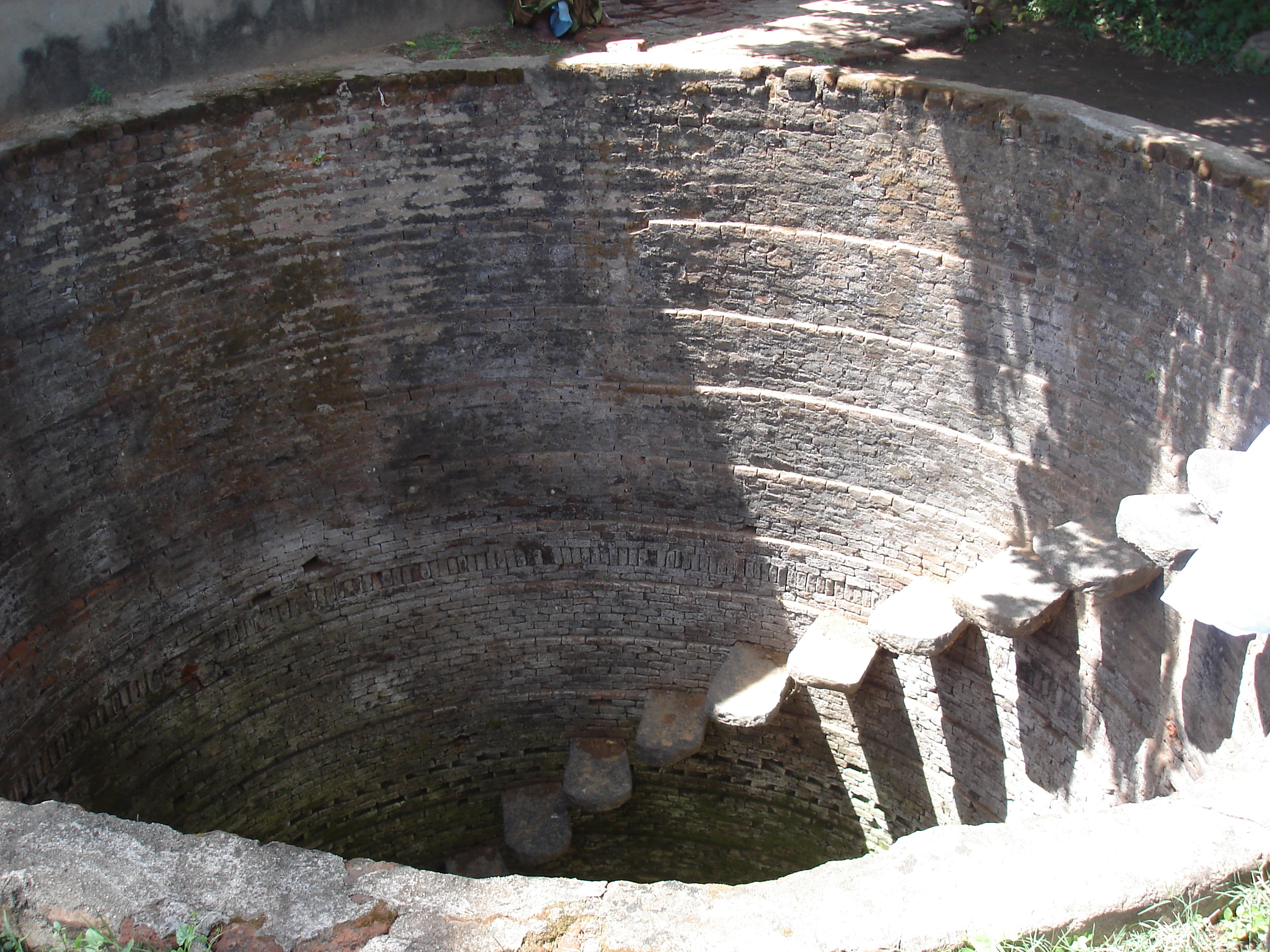In physics, the term “crystal” designates a solid substance with internal symmetry and a related, regular surface pattern. But such a dry description cannot capture the intricacy and variety of materials found in snowflakes and crown jewels, or that power stereos and ultrasound machines, or that flavor our food. Nor can it convey the delicate dance of temperature, pressure and time that crystal growth requires.
Historically, growing crystals was as much art as science. Today, it requires precise technologies and technologies to control growth, often on a molecular scale.


